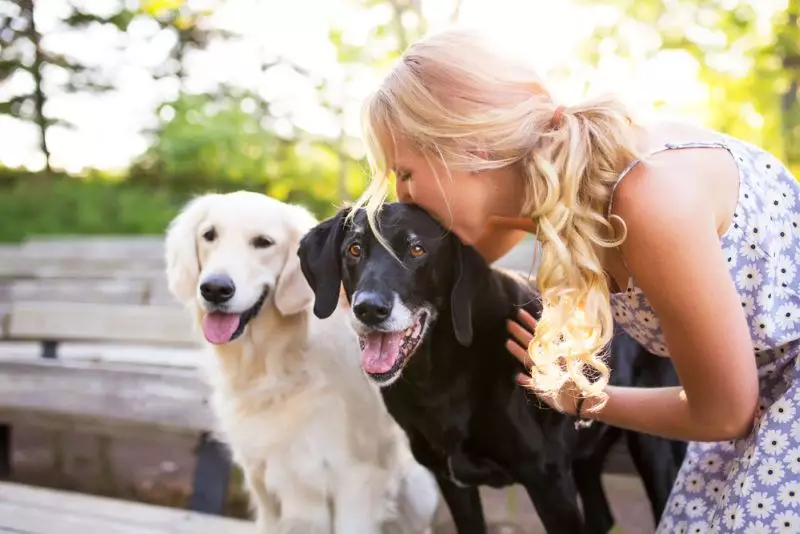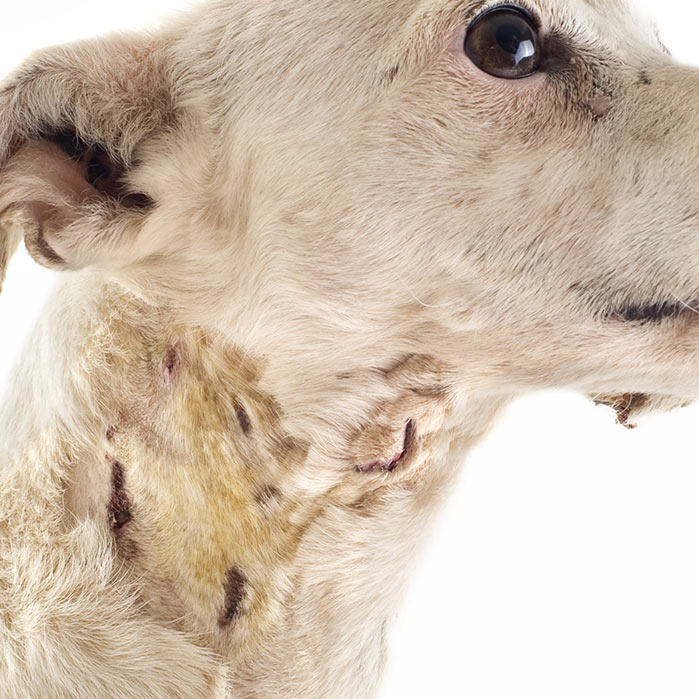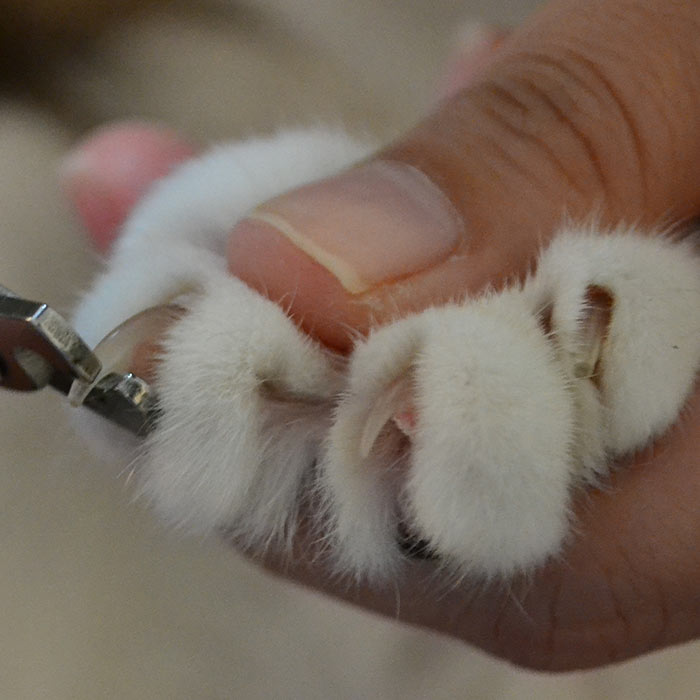Gait abnormality in dogs
What is it?
A dog’s gait is the pattern of repetitive limb motions when a dog walks, trots, runs and gallops. Abnormalities of the gait can be identified as limping, skipping and staggering, favouring one side over the other, showing weaknesses or avoidance in walking … the list is long.
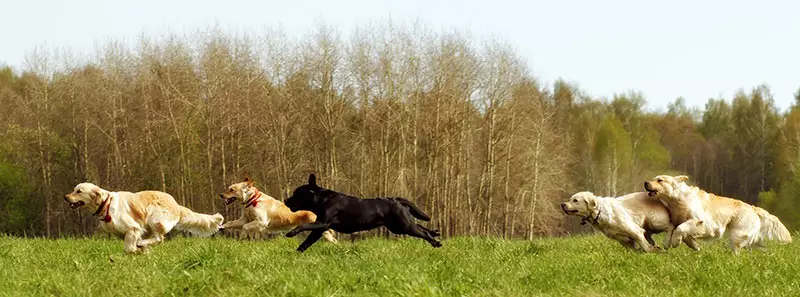
What are the symptoms?
Here are some of the symptoms of an abnormal gait:
- Walking may decrease or may even be a lack of walking, your dog may not be able to walk or be reluctant. Walking may be painful.
- Frequent stopping. Decreased tempo or speed
- Limping while walking. Staggering walk
- Limb incoordination. Stumbling. Carrying a limb. Limb paralysis
- Loss of balance. Loss of movement control.
- Weakness
- Shifting of the weight. Leaning or favouring a side.
- Swaying on feet
- Standing in a wide stance with limbs spread far apart
- Short steps or strides
- Lifting or carrying a leg
- Arching of the back
- Lowering of the neck and head
- Dragging and scuffing of paws. Knuckling
- Inability to extend legs during gait
- Crouched gait
- Shuffling gait
- Goose stepping gait
- Skipping a stride
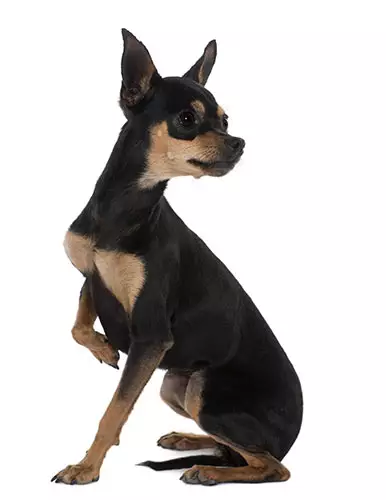
What is the cause?
However, even if the diagnose is an abnormality of the gait, there are a variety of conditions that can be the actual underlying cause and they can range from a minor sprain to a severe neurological disorder.
- Pain
- Orthopaedic condition
- Musculoskeletal condition
- Neurological condition
- Degenerative myelopathy. Cervical cord disease
- Degeneration of discs like Intervertebral Disk Disease (IVDD)
- Arthritis
- Hip dysplasia
- Elbow and knee issues such as
- Torn ligament at the knee or elbow like cruciate ligament
- Patellar luxation
- Elbow disease
- Knee instability
- Joint issues like Osteochondritis dissecans, joint abnormalities
- Chronic muscle injury and muscle overuse injuries
- Viral, parasitic, bacterial or protozoan infection that affects the central nervous system
- Cancers and growths
- Trauma
How is it diagnosed?
When diagnosing an abnormal gait, your veterinarian will observe your dog walking and trotting on a flat surface. He will watch your dog from different angles and potentially engage your dog in different activities or tasks if required. After that he may recommend an orthopedic and neurological examination to be done.
Diagnosing gait abnormalities can mainly be done on these observations, however the underlying cause will need to be discovered.
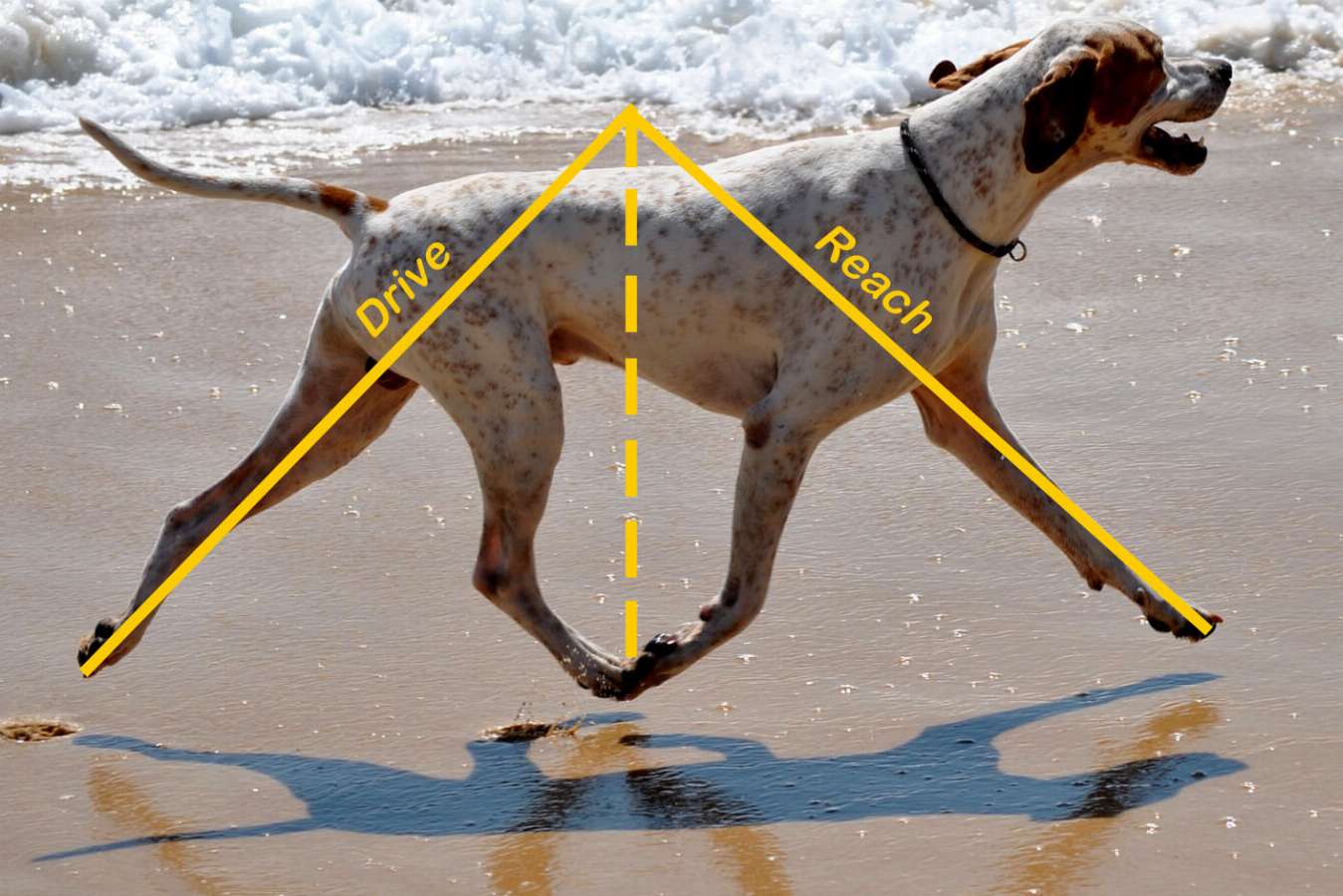
Trot with balanced Reach and Drive, English Pointer (Grapics by Bob Harvey, Photo by Helen McCready)
Source: https://janedogs.com/dog-gait-or-movement-terminology/
However, many people miss the early onsets of a gait abnormalities in their dog as in most cases they start off quite subtle and often are unnoticed for very long. Unless a major event like an accident or something very obvious happens which very clearly changes the wait your dog moves, the changes usually are slow and less obvious, but become worse over time.
Observation is key and it’s important to pay attention to your dog’s gait patterns. Dogs are masters in “hiding” pain and injuries, and once signs are very obvious the conditions has progressed already quite far.
Here are some tips on what to look out for:
- Does your dog show an exaggerated up and down head motion when walking? Head bobbing can indicate a front let lameness. Watch closely and you may be able to see which front foot their weight is on as the head bobs up (videoing your dog can help). That one is the lame foot.
Arching of the back/neck is also a red flag you should look out for. - If your dog has a tendency to keep its head low as he walks and does not raise the head to look up at you and prefers to just roll its eyes up, there could be a cervical issue. In addition you can test f the dog will move its head up or to the side for a treat.
- Moving its tail up and down when walking, can be a sign of pain when weight-bearing.
- Dragging the nails on the ground is often an indication for rear end weakness. Check if you can hear the nails dragging as they walk on pavement.
- Pacing (also called the camel walk) is usually a not very common gait for dogs. It often is a sign of fatigue or physical weakness. Overweight dogs or dog with a condition have a tendency to pace rather than trotting. Pacing quite often can be an early indicator of a rear end issue. When pacing, the dog’s front and rear foot on the same side go forward with each step, as opposed to opposite front and rear which is the normal gait for trotting.
- If your dog looks more like a bunny hopping up and down the stairs, than hip issues could be the problem. Bunny hopping means that both hind feet move as one instead of independently.
- When a dog walks on the top of his paws, its called knuckling. Think of the way a gorilla walks. Knuckling often indicates a neurological issue, usually pressure from a disc or something else on the spinal cord.
- Here are a few tips on what to consider when observing your dog’s gait:
- Make yourself familiar with what certain gaits should look like in your dog. How does a Walk look, how looks an amble pattern? How does your dog move when pacing, trotting, cantering and galloping.
The University of Minnesota College of Veterinary Medicine created this website to help understand how limb patterns of your dog’s major gaits should look like: http://vanat.cvm.umn.edu/gaits/index.html - Check your dog’s thighs while you look at your dog from behind and watch his rear end. Does it look less muscular, maybe even puny compared to the front. Are they as muscular as you remember them, or did they get less? Are the muscles equal on both sides?
- Does your dog put equal weight on front and rear feet? Does your dog spend less time on one foot compared to the others.
- Familiarise yourself with your dog’s breed specific gait patterns.
- Observe your dogs in different gait patterns. Your dog may look all normal when walking, but a trot may reveal abnormalities.
- Watch how your dog starts and stops, how they change gaits and how they move differently over various terrains and surfaces, how do they turn and how they take angles.
- Have your dog walk in circles and backwards. Difficulty with these movements can be a sign of an underlying neurological problem
- Compare the gait pattern over time. Does your dog walk differently at the end of walks compared to the beginning. The time of the day can also make a difference to how your dog walks.
- Observe your dog from all sides (front, side and back). Compare step length of all four legs.
- Make yourself familiar with what certain gaits should look like in your dog. How does a Walk look, how looks an amble pattern? How does your dog move when pacing, trotting, cantering and galloping.
Note: Best is to record a video of your dog in the different gaits when your dog is healthy. This way you always have a reference to compare with when you are unsure if your dog displayed gait abnormalities. When observing your dog it also helps recording videos which you may be able to show to your vet. Videos also allow you to watch them in slow motion to get a better idea of your dog’s limb patterns.
What is the treatment?
The treatment options for gait abnormalities are very much depending on what caused it. However, the majority of gait abnormalities are caused by muscular injuries, such as strains. These injuries often don’t last long and heal without complications.
In case of muscular injuries,
- Let your dog rest/ low activity for 48 hours
- If needed cool the injured area with ice wrapped in a towel for 20 minutes
- For another week keep walks short and on leash, and avoid any high intensity and high impact movements. Also jumping up and down should be avoided.
- Gentle stretching and massage of the injured leg.
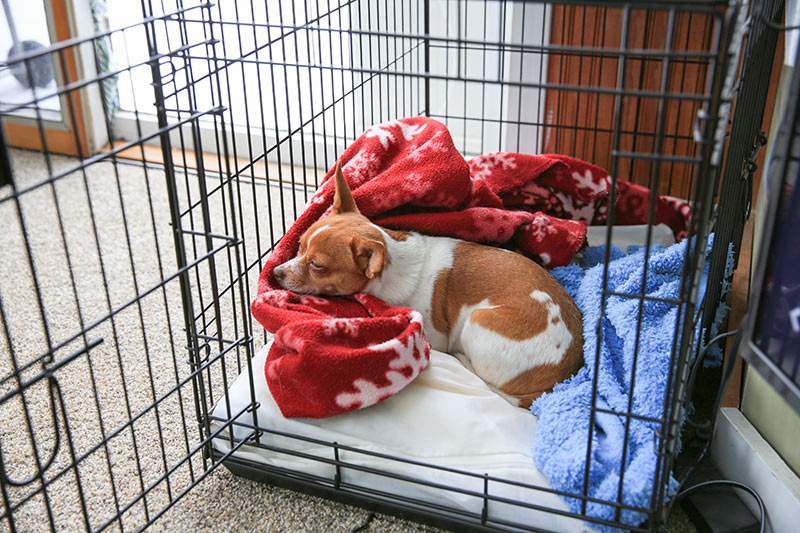
Overview
Abnormalities of your dog’s gait can occur suddenly (mainly through an accident) but can be subtle and take place over a very long time without you noticing. Even dogs are masters in not showing pain, but it does not mean they are not in pain.
Therefore it is important to familiarise yourself with your dog’s different movement gaits and review them from time to time so you can
More information
https://doghealthblog.com/dog-gait-problems/
https://wagwalking.com/condition/abnormal-gait
https://www.pacificavet.com/dr-hocks-blog/gait-changes-that-are-warning-signals-in-dogs
https://pethelpful.com/dogs/A-Guide-to-Understanding-Dog-Gait


